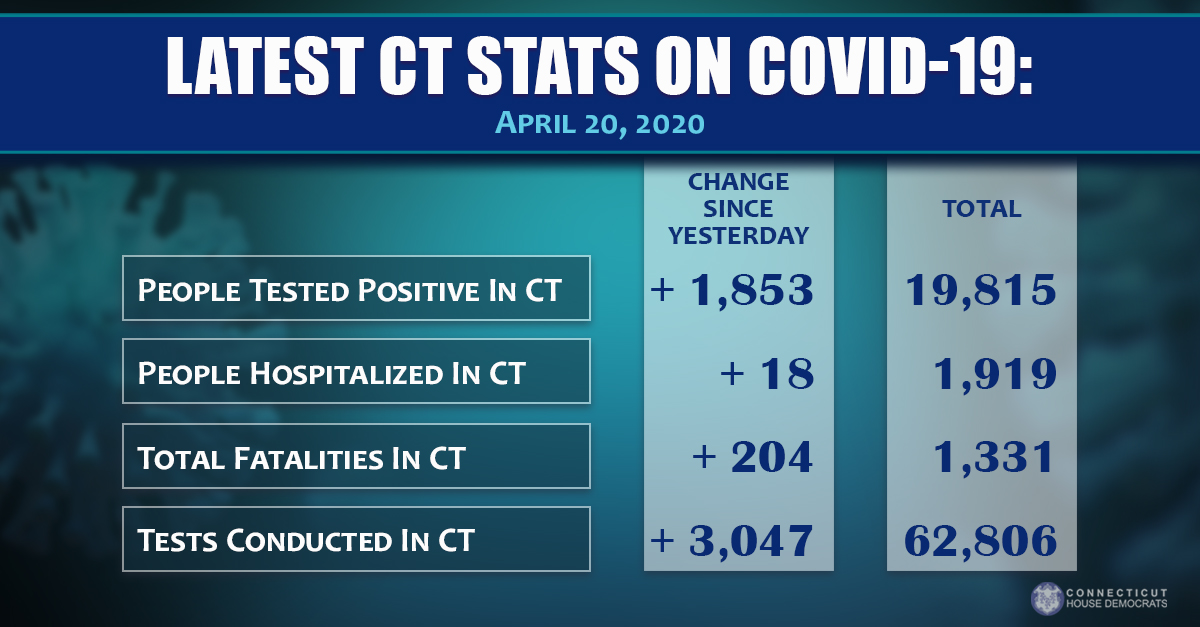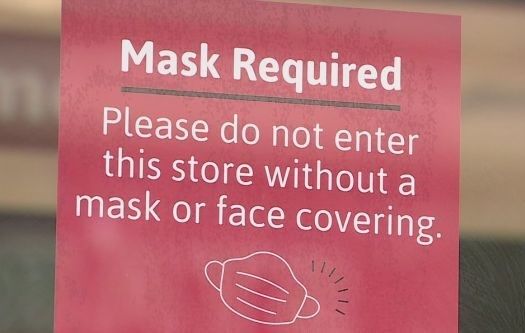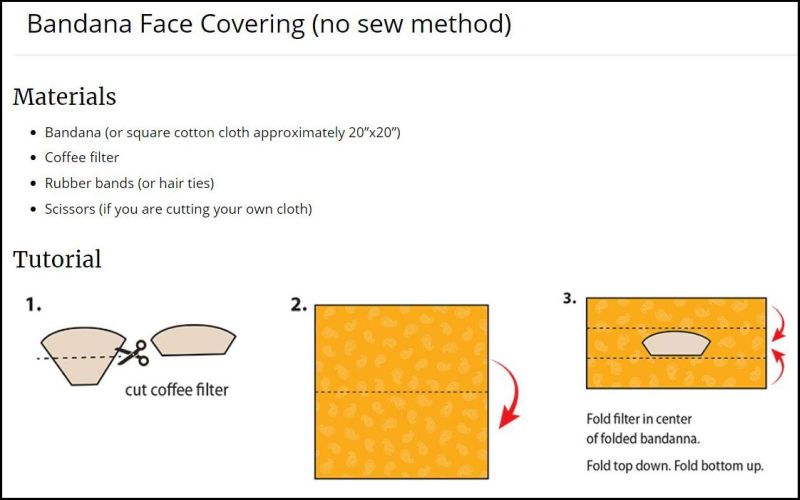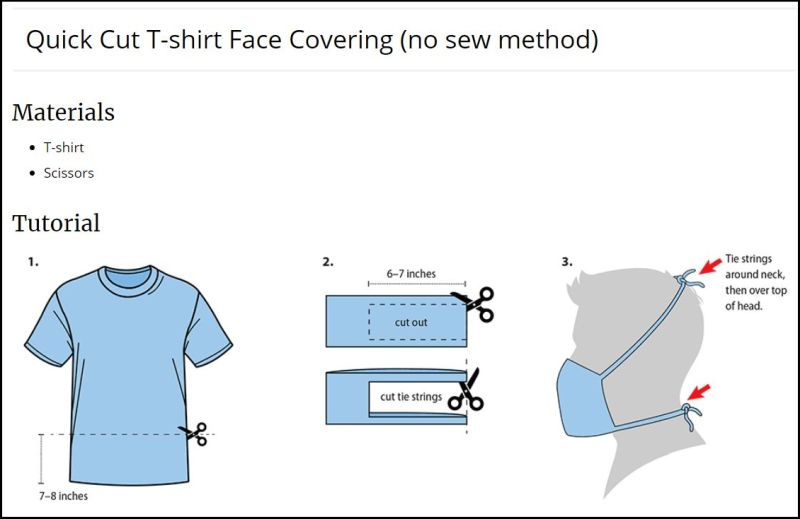COVID-19 Update 04-20-2020

For detailed information click HERE.
SNAP participants receive second round of emergency food benefits today
The Connecticut Department of Social Services today announced that the second round of emergency food benefits under the Supplemental Nutrition Assistance Program (SNAP) were delivered to nearly 108,000 households today. Authorized by the federal Families First Coronavirus Response Act of 2020, the extra food benefits are being distributed to those households that are not currently receiving the maximum SNAP benefits allowed for their household size. This means that all households in SNAP are receiving the maximum food benefit allowable for their household size, even if they aren’t usually eligible for the maximum benefit.
The first round of emergency SNAP benefits were delivered to households on April 9. For more information, visit www.ct.gov/snap.
Connecticut Office of the Arts announces grants available for Connecticut artists impacted by pandemic
Recognizing that artists provide inspiration, connection, and education, particularly at times when the creative sector is needed most, the Connecticut Office of the Arts – a state office housed within the Department of Economic and Community Development – today announced that two grant programs have been created to help local artists negatively impacted by COVID-19:
- The Connecticut Artists Relief Grant program will provide $500 grants to over 100 individual artists and teaching artists who live in the state and whose creative practices and income are being adversely impacted by the safety measures put into place to prevent the spread of the virus. The grant is partly funded by the New England Foundation for the Arts.
- The Connecticut Artists Respond Grant program helps artists translate and present their art virtually. Individual or collaborative artists who create or have created projects that respond to the needs of the times by presenting art activities, classes, or other creative experiences online at no cost to the public will be eligible for $1,000 or $2,000, respectively.
Applications will be accepted for both programs through May 4, 2020. For specific questions, artists should contact Tamara Dimitri at tamara.dimitri@ct.gov and teaching artists should contact Bonnie Koba at bonnie.koba@ct.gov.
Governor Lamont encourages residents to sign up for the state’s CTAlert notification system
Governor Lamont is encouraging Connecticut residents to sign up for CTAlert, the state’s emergency alert system, which provides text message notifications to users. To subscribe, text the keyword COVIDCT to 888-777.
Providing information to Connecticut residents
For the most up-to-date information from the State of Connecticut on COVID-19, including an FAQ and other guidance and resources, residents are encouraged to visit ct.gov/coronavirus.
Individuals who have general questions that are not answered on the website can also call 2-1-1 for assistance. The hotline is available 24 hours a day and has multilingual assistance and TDD/TTY access. It intended to be used by individuals who are not experiencing symptoms but may have general questions related to COVID-19. Anyone experiencing symptoms is strongly urged to contact their medical provider.
Press Releases
Governor Ned Lamont today announced that the State of Connecticut is partnering with the developers of the How We Feel app in an effort to anonymously provide scientists with critical health information needed to understand the spread of COVID-19. Available to download for free in the Apple App Store and the Google Play store, it is supported by a nonprofit organization and does not require logging in or the sharing of any personal details, such as name or email address. In addition to being available to download to mobile devices, users can also complete the survey through a web version available at howwefeel.app.
Governor Lamont Friday issued his 29thexecutive order to mitigate the spread of COVID-19. The order now states that cloth face coverings or a higher level of protection are required in public wherever close contact is unavoidable.

Wearing a mask will help reduce the spread from people who are asymptomatic carriers of the virus. There have been many stories of local volunteers who worked hard to sew face masks for those who are the most vulnerable, from grocery store workers to residents and staff members at our nursing homes. Thank you so much for your selfless work.
The CDC website has instructions on how to create your own mask at home, with or without sewing machines. Some masks can be produced by using common household items.


U.S. Surgeon General Dr. Jerome Adams released a short video that describes other ways to create a homemade mask. To see all of the CDC recommendations, click here.





